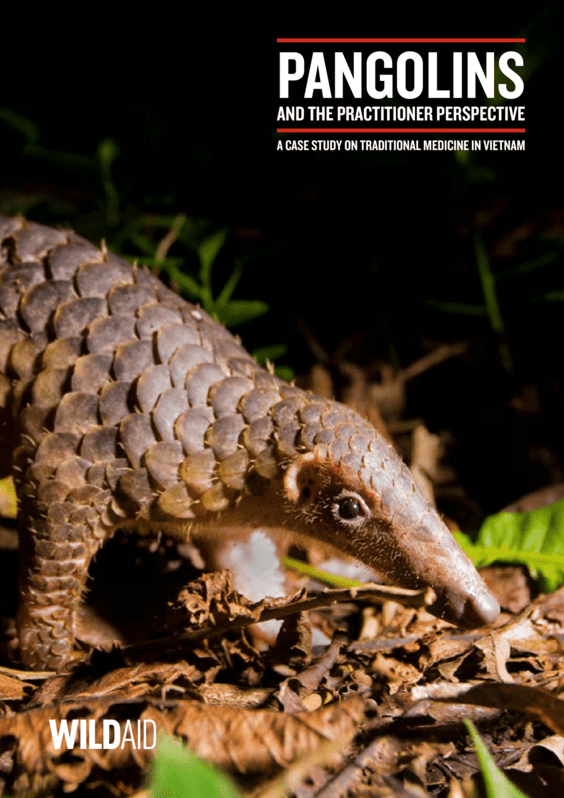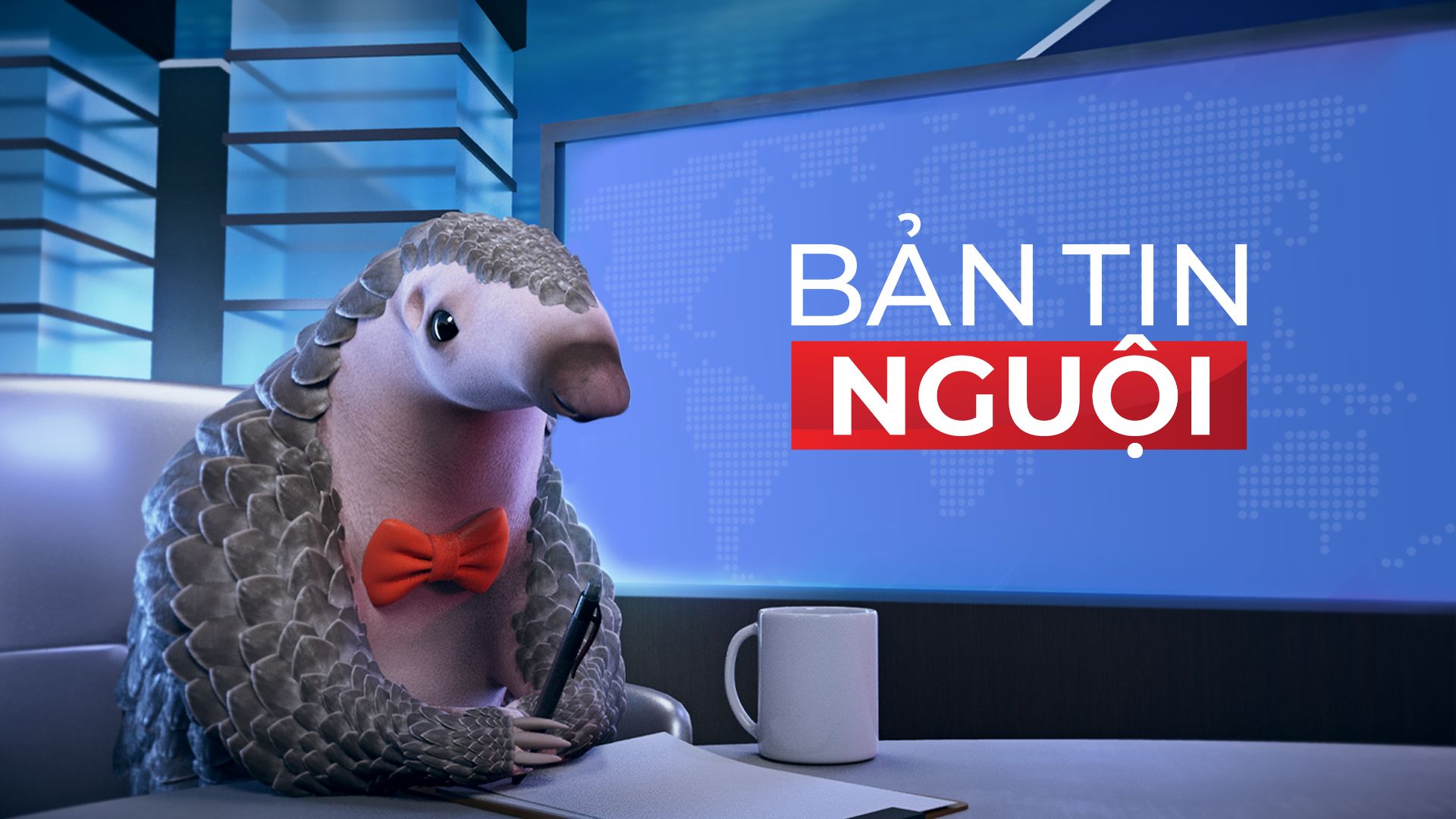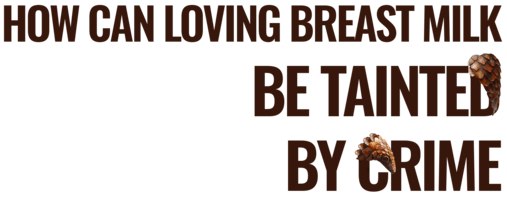
CHOOSE HERBAL ALTERNATIVES FOR BLOCKED MILK DUCTS, NOT PANGOLIN SCALES!
EFFECTIVE, AFFORDABLE, AND LEGAL!
PANGOLINS – THE WORLD’S MOST HEAVILY TRAFFICKED WILD MAMMALS
- An average pangolin can consume up to 70 million insects per year!
- Because they don't have teeth, pangolins eat small rocks and pebbles to act as a natural food grinder in their stomachs.
- Although they look similar to anteaters and armadillos, pangolins are actually more closely related to cats, dogs, and bears!
- They belong to one of the most ancient orders of mammals: Pholidota, with a fossil record dating back approximately 70 million years.
- All of the pangolin species that exist today belong to the same family, Manidae.
- In Vietnam, there are two species: the Sunda pangolin (Manis javanica), which is mainly found in the Southern and Central Highlands regions, and the Chinese pangolin (Manis pentadactyla), which is mainly found in the Northern region.
- All eight pangolin species are on the brink of EXTINCTION.
- The abandoned burrows then become shelters for many other animals, adding to the ecological value that pangolins provide.
- Additionally, with their ability to eat tens of millions of insects each year, pangolins also help control insect populations, limiting pests that can harm crops and the environment.
- Pangolins are solitary, mostly nocturnal animals that typically live in burrows or in trees, depending on the species.
- When in danger, a pangolin curls its body into a ball and uses its scales as a shield for defence.
- More than 1 million pangolins have been poached in the last decade. (IUCN)
- In Asia, pangolin populations have declined by more than 80% in the last 20 years due to being hunted for their scales and meat. (IUCN)
- Between 2015 and 2021, authorities in Asian countries seized more than 330 tons of pangolins and their body parts. (IUCN)
For centuries, pangolins, especially their scales, have been widely used in Traditional Medicine. This belief in healing ability remains strong in Asian countries, particularly in China and Vietnam. A 2023 study “Pangolins and the Perspective of Traditional Medicine Practitioners,” conducted by WildAid and Choice in Vietnam, revealed the following:
- Up to 80.7% of practitioners believe that pangolin scales have the ability to treat at least one of 12 different diseases, including arthritis, fractures, breast fibroids, menstrual disorders, and even postpartum depression.
- The survey also found that 53% of traditional healers believe pangolin scales can cure blocked milk ducts.
- Pangolin scales are currently ranked fifth among the 20 most common methods used to treat blocked milk ducts.
- But 55% of practitioners are willing to use alternatives to pangolin scales and 85% of practitioners are willing to use substitutes in place of wildlife products
These figures clearly reflect the popularity of these traditional beliefs while posing a major challenge to the conservation of pangolins in Vietnam and the rest of the world.
USING PANGOLIN SCALES TO TREAT BLOCKED MILK DUCTS:
STEALING THE LIFE OF A MOTHER PANGOLIN,
AND LEAVING THEIR YOUNG ORPHANS!
THERE ARE MANY ALTERNATIVE HERBAL MEDICINES
TO TREAT BLOCKED MILK DUCTS.
THAT ARE EFFECTIVE, AFFORDABLE, AND LEGAL FOR MOTHERS
AND HUMANE FOR PANGOLINS!
CHOOSE HERBAL MEDICINES TO TREAT BLOCKED MILK DUCTS
INSTEAD OF PANGOLIN SCALES!
HERBAL ALTERNATIVES TO PANGOLIN SCALES FOR TREATING BLOCKED MILK DUCTS
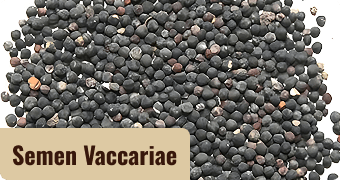
- Description: Spherical, black or reddish-brown seeds with many small dots on the surface.
- Traditional Chinese Medicine Properties: Bitter, neutral in nature; enters the Liver and Kidney meridians.
- Functions: Invigorates blood circulation, unblocks meridians, promotes lactation, and reduces swelling.
- Caution: Do not use if pregnant.
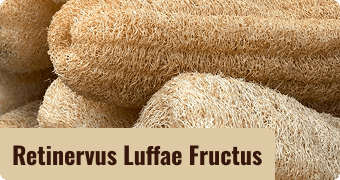
- Description: A complex network of fibres, ivory or light yellow in colour, light, and very tough.
- Traditional Chinese Medicine Properties: Sweet, neutral in nature; enters the Lung, Stomach, and Liver meridians.
- Functions: Clears heat, detoxifies, invigorates blood circulation, unblocks collaterals, promotes urination, and reduces swelling.
- Caution: Use with caution if pregnant or individuals with a weak, cold constitution.
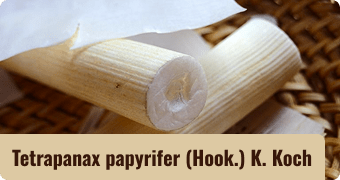
- Description: A cylindrical, spongy, and fine-textured stalk, with a pure white or off-white colour.
- Traditional Chinese Medicine Properties: Mildly sweet, cold in nature; enters the Lung and Stomach meridians.
- Functions: Promotes urination to eliminate dampness, moves Qi, and stimulates lactation.
- Caution: Use with caution if pregnant or individuals who do not have damp-heat.
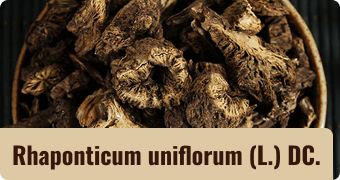
- Description: Cylindrical or irregularly shaped root sections; the outer surface is dark brown, and the inside (cross-section) is brownish-yellow or light brown, hard, and firm.
- Traditional Chinese Medicine Properties: Bitter, cold in nature; enters the Stomach and Large Intestine meridians.
- Functions: Clears heat, detoxifies, treats abscesses, promotes lactation, invigorates blood, and relaxes muscles.
- Caution: Do not use if pregnant.
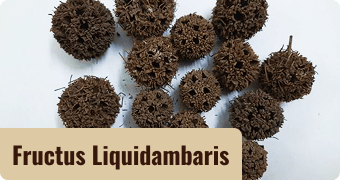
- Description: Spherical, with many sharp spines protruding outwards; brown or dark brown in colour.
- Traditional Chinese Medicine Properties: Bitter, neutral in nature; enters the Liver and Stomach meridians.
- Functions: Expels wind, removes dampness, unblocks meridians and collaterals, invigorates blood, regulates menstruation, promotes urination, reduces swelling, and promotes lactation.
- Caution: Do not use if pregnant or individuals with a Yin deficiency with excessive heat.
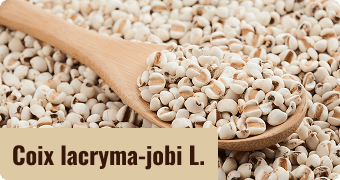
- Description: Hard, firm seeds, egg-shaped or nearly round, ivory or slightly yellow in colour, with a smooth, shiny surface and a deep longitudinal groove on one side.
- Traditional Chinese Medicine Properties: Mildly sweet, slightly cold in nature; enters the Spleen, Stomach, Lung, and Large Intestine meridians.
- Functions: Strengthens the Spleen, removes dampness, promotes urination, reduces swelling, relaxes muscles, and clears heat to expel pus.
- Caution: Do not use if pregnant.
NOTE: The use of herbal medicines as an alternative treatment for blocked milk ducts should be done with consultation and guidance from a doctor or a Traditional Medicine practitioner to ensure the safety of both mother and baby.
OTHER ALTERNATIVES

1. Feed the baby frequently
One of the most effective ways to clear milk ducts is to have the baby feed many times a day. If you cannot breastfeed directly, you can use a breast pump every 2-3 hours to maintain milk flow.
2. Use warm and cool compresses
Before breastfeeding, you should apply a warm compress for 5-10 minutes at a temperature of 40–60°C to help the milk flow. Do not use a warm compress if the breast is already inflamed, red, or painful. You can use a clean cloth soaked in warm water, a hot water bottle wrapped in a towel, or a herbal heating pad. After the baby has finished feeding, you should use a cool compress (at a temperature below 15°C) to help reduce pain, inflammation, and provide a soothing sensation.


3. Incorporate massage
While breastfeeding or pumping, gently massage the breast to help the milk ducts clear faster. You can use a spiral motion with your knuckles to avoid pressing too hard. For any hard spots, massage them a little more carefully. You can also lightly stroke from the outer breast toward the nipple in a circular motion to aid milk flow.
4. Maintain a healthy diet
You need to eat a balanced diet and get enough protein, fat, vitamins, and minerals like carbohydrates and iron. Drinking enough water also helps clear the ducts while ensuring the milk is rich in nutrients for your baby.


5. Get enough rest and stay relaxed
The mother’s mental state also greatly affects her milk supply. Make time to rest and stay relaxed to maintain a steady milk supply.

PLEDGE NOT TO USE PANGOLIN SCALES TO TREAT BLOCKED MILK DUCTS!
By pledging to say “no” to using pangolin scales to treat blocked milk ducts, you not only give your child pure milk, but you also help put an end to the illegal exploitation of a species on the brink of extinction.
Let’s join hands and act for a future where humanity respects, protects, and lives in harmony with nature and the environment.
Wildlife Crime Hotline:
- In Thua Thien – Hue: 08 4477 3030
- In other provinces: 1800 1522
Wildlife Crime Hotline:
- In Thua Thien – Hue: 08 4477 3030
- In other provinces: 1800 1522
Make the right choice for all life on Earth





